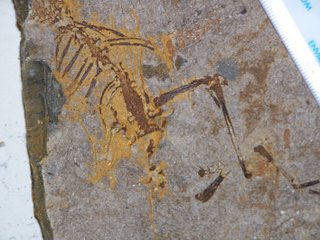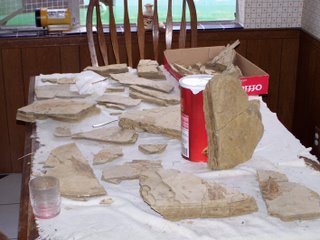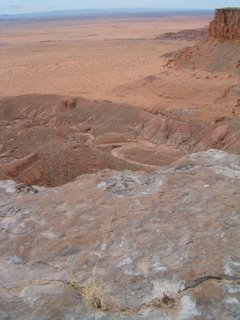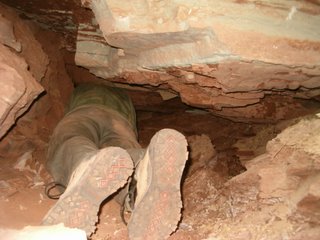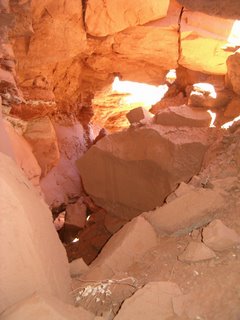"And, lo, the angel of the Lord came upon them, and the glory of the Lord shone round about them: and they were sore afraid. And the angel said unto them, Fear not: for, behold, I bring you good tidings of great joy, which shall be to all people. For unto you is born this day in the city of Chester a Saviour, which is Draco the lizard. And this shall be a sign unto you; Ye shall find the egg wrapped in swaddling clothes, lying in an incubator."
"And suddenly there was with the angel a multitude of the heavenly host praising God, and saying, Glory to God in the highest, and on earth peace, good will toward dragons."
It has been recently reported that two female komodo dragons at sepe rate european zoos have reproduced asexually (parthenogenisis). When I first heard that dragons had laid eggs without a male's input, I immediately thought that it could have been a case of sperm storage, whereby a female can lay fertile eggs using sperm from a male mated with even years ago. Genetic testing though has shown that this is not the case. In fact, one of the dragons had never even been kept in an encloser with a male in her life. The process of asexual reproduction is a bit more common than the average person might expect, occuring in several lizards, fish, and a bird. In fact, the whiptail lizard (Cnemidophorus sp.) reproduces exclusively through parthenogenisis. So far, the komodo dragon is the largest animal to undergo parthenogenisis.
rate european zoos have reproduced asexually (parthenogenisis). When I first heard that dragons had laid eggs without a male's input, I immediately thought that it could have been a case of sperm storage, whereby a female can lay fertile eggs using sperm from a male mated with even years ago. Genetic testing though has shown that this is not the case. In fact, one of the dragons had never even been kept in an encloser with a male in her life. The process of asexual reproduction is a bit more common than the average person might expect, occuring in several lizards, fish, and a bird. In fact, the whiptail lizard (Cnemidophorus sp.) reproduces exclusively through parthenogenisis. So far, the komodo dragon is the largest animal to undergo parthenogenisis.
link to a good article on the subject
"And suddenly there was with the angel a multitude of the heavenly host praising God, and saying, Glory to God in the highest, and on earth peace, good will toward dragons."
It has been recently reported that two female komodo dragons at sepe
 rate european zoos have reproduced asexually (parthenogenisis). When I first heard that dragons had laid eggs without a male's input, I immediately thought that it could have been a case of sperm storage, whereby a female can lay fertile eggs using sperm from a male mated with even years ago. Genetic testing though has shown that this is not the case. In fact, one of the dragons had never even been kept in an encloser with a male in her life. The process of asexual reproduction is a bit more common than the average person might expect, occuring in several lizards, fish, and a bird. In fact, the whiptail lizard (Cnemidophorus sp.) reproduces exclusively through parthenogenisis. So far, the komodo dragon is the largest animal to undergo parthenogenisis.
rate european zoos have reproduced asexually (parthenogenisis). When I first heard that dragons had laid eggs without a male's input, I immediately thought that it could have been a case of sperm storage, whereby a female can lay fertile eggs using sperm from a male mated with even years ago. Genetic testing though has shown that this is not the case. In fact, one of the dragons had never even been kept in an encloser with a male in her life. The process of asexual reproduction is a bit more common than the average person might expect, occuring in several lizards, fish, and a bird. In fact, the whiptail lizard (Cnemidophorus sp.) reproduces exclusively through parthenogenisis. So far, the komodo dragon is the largest animal to undergo parthenogenisis.link to a good article on the subject
